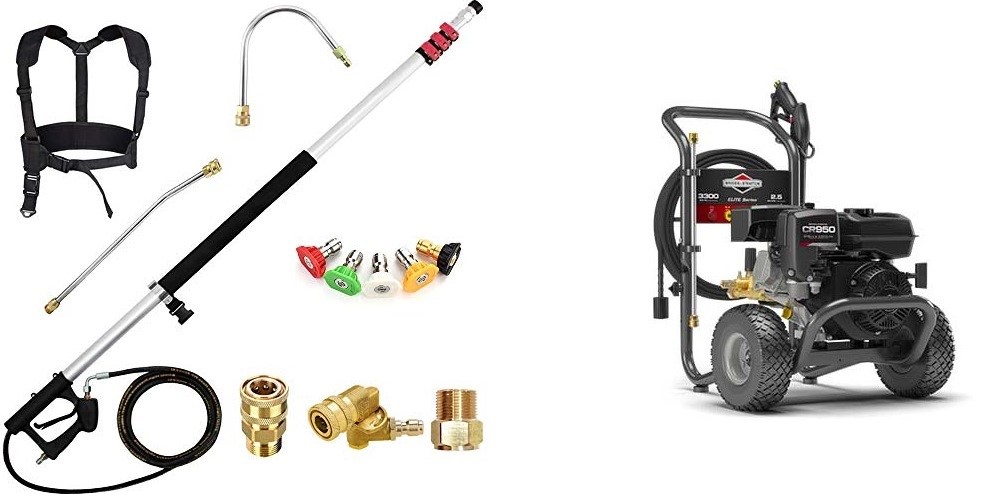Medium sized dogs are a popular choice for many families and individuals. These dogs, which often weigh between 30 to 60 pounds (14 to 27 kilograms) and stand around 18 to 24 inches (46 to 61 centimeters) tall at the shoulder, come in various breeds, each with its own activity level and exercise needs. Understanding how much exercise medium-sized dogs require is crucial for their health and well-being.
Exercise Requirements by Breed
The exercise requirements for medium-sized dogs can vary significantly depending on their breed and individual characteristics. Here are some general guidelines for common medium-sized breeds:
- Labrador Retriever: Labrador Retrievers are known for their high energy levels. They typically need at least 30 to 60 minutes of vigorous exercise per day, which may include activities like fetch, running, or swimming.
- Golden Retriever: Golden Retrievers are also active dogs that enjoy regular exercise. Aim for 30 to 60 minutes of physical activity daily, coupled with mental stimulation.
- Beagle: Beagles are known for their love of outdoor adventures. Providing them with around 30 to 45 minutes of exercise a day, such as brisk walks and playtime in a fenced yard, is ideal.
- Bulldog: Bulldogs, on the other hand, are more laid-back and require less exercise. A 20 to 30-minute daily walk should suffice, along with some interactive playtime.
- Boxer: Boxers are energetic and playful dogs. They benefit from 60 minutes or more of exercise each day, which can include running, agility training, and interactive games.
- Australian Shepherd: This herding breed is highly active and intelligent. They require at least 60 to 90 minutes of vigorous exercise and mental stimulation daily.
- Cocker Spaniel: Cocker Spaniels enjoy moderate exercise, and 30 to 60 minutes of daily activity is usually sufficient. Engage them in activities like fetch and short hikes.
Adjusting Exercise for Individual Needs
While breed guidelines offer a good starting point, it’s essential to consider your medium-sized dog’s individual characteristics when determining their exercise needs. Factors such as age, health, and personality play a significant role in determining how much exercise is appropriate.
- Age: Puppies and young adults generally require more exercise than senior dogs. Puppies need playtime and shorter, frequent walks, while older dogs may be content with gentler activities.
- Health: Dogs with certain health issues, like arthritis or heart conditions, may have limitations on their exercise. Consult your veterinarian to create a suitable exercise plan for your dog’s specific health needs.
- Personality: Some medium-sized dogs have a naturally high energy level, while others are more laid-back. Pay attention to your dog’s behavior and adapt their exercise routine accordingly.
Signs of Adequate Exercise
It’s essential to monitor your medium-sized dog for signs that they are receiving enough exercise:
- Contentment: A well-exercised dog is generally content, relaxed, and less prone to destructive behavior or excessive barking.
- Healthy Weight: Regular exercise helps maintain a healthy weight for your dog. If they start to gain excess weight, it may be an indicator that they need more physical activity.
- Good Behavior: Adequate exercise can improve a dog’s behavior, making them easier to train and less prone to behavioral issues.
- Stamina: Over time, your dog should build stamina and endurance, allowing them to enjoy longer and more challenging activities.
Conclusion
In conclusion, the exercise needs of medium-sized dogs vary by breed and individual characteristics.
While there are general guidelines, it’s crucial to tailor your dog’s exercise routine to their specific requirements.
Providing them with the right amount of physical activity not only keeps them physically fit but also mentally stimulated and happy. Regular exercise is a key component of a healthy and fulfilling life for your medium-sized canine companion.
















